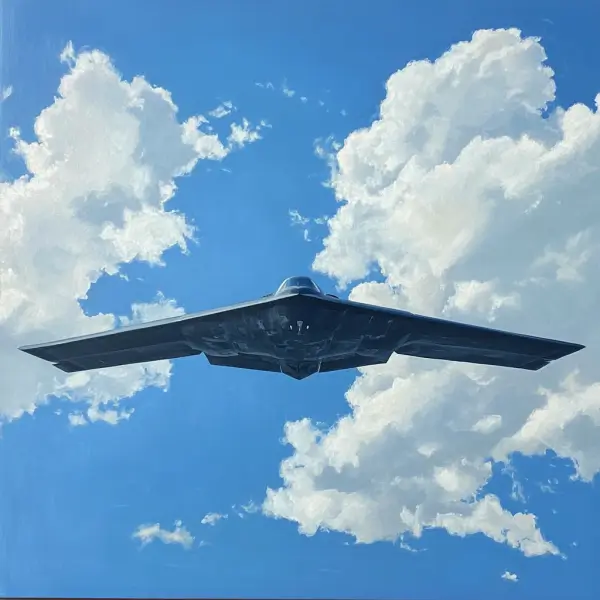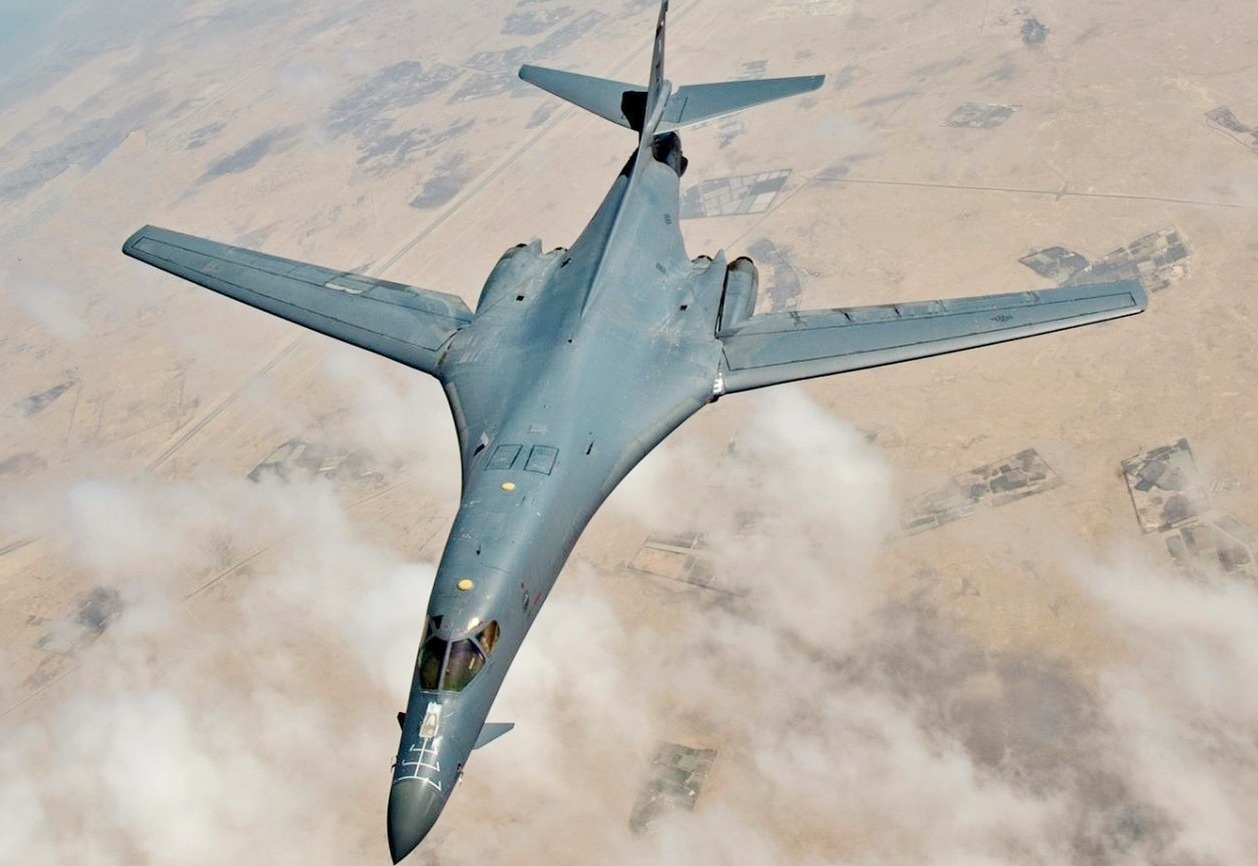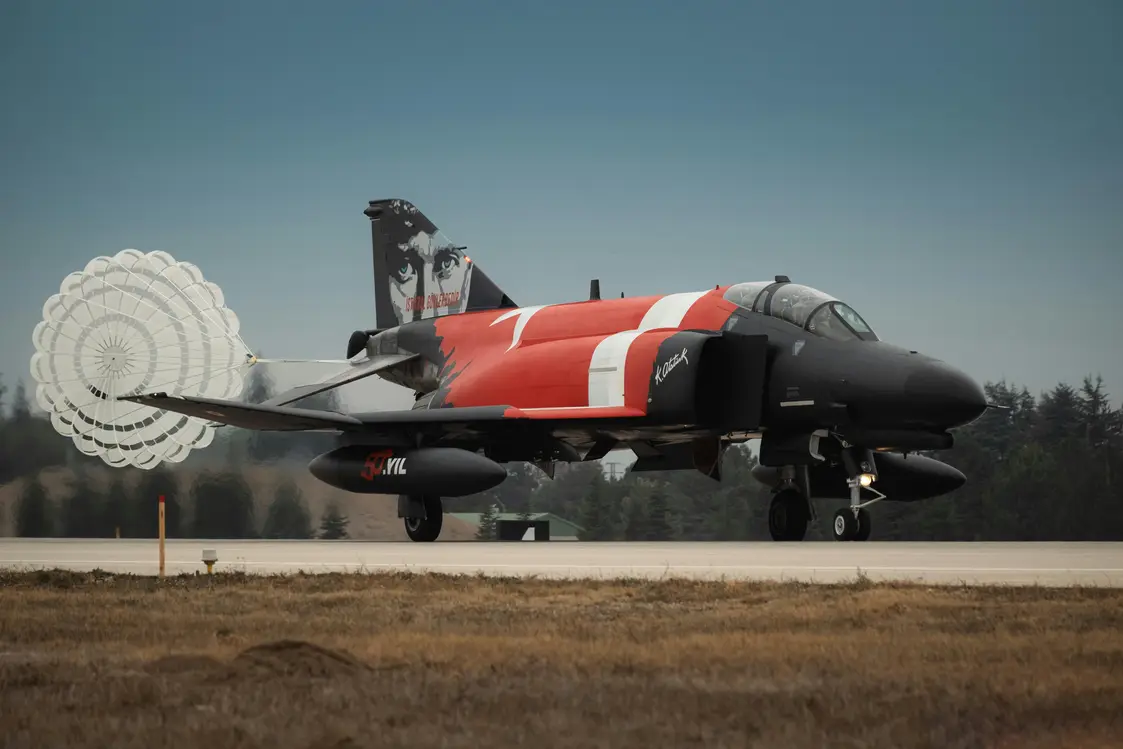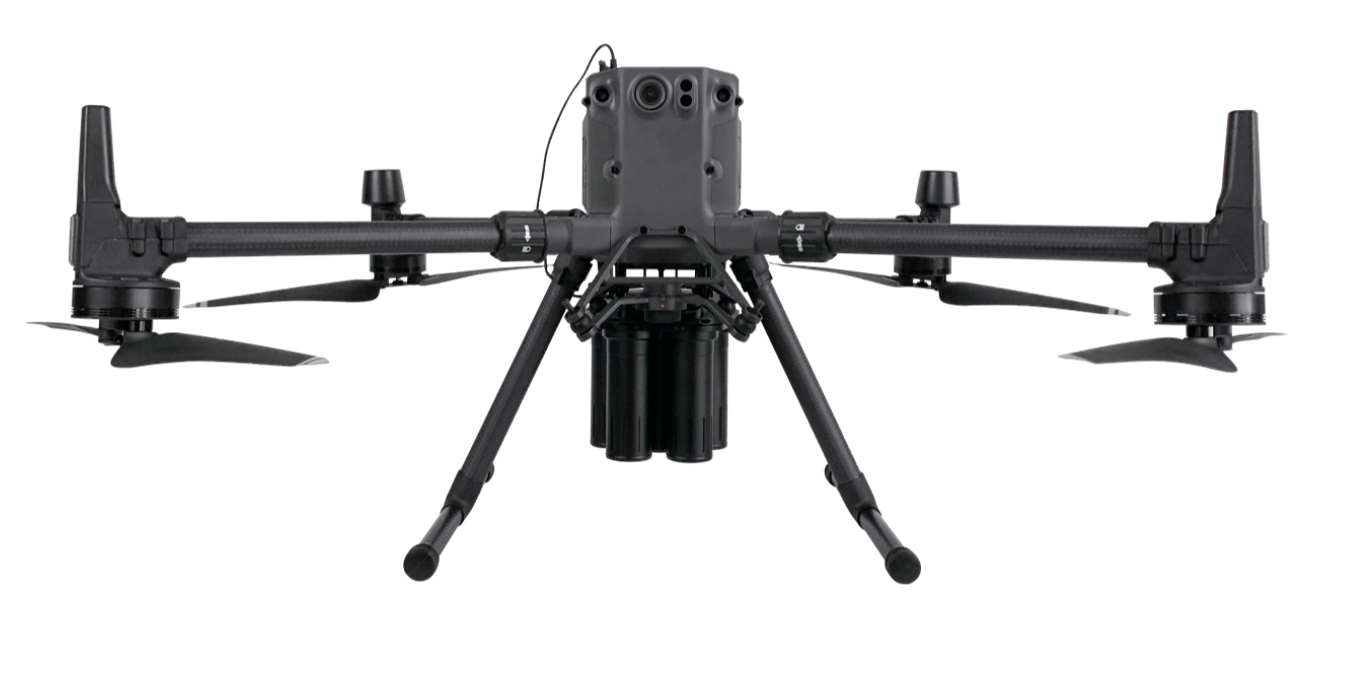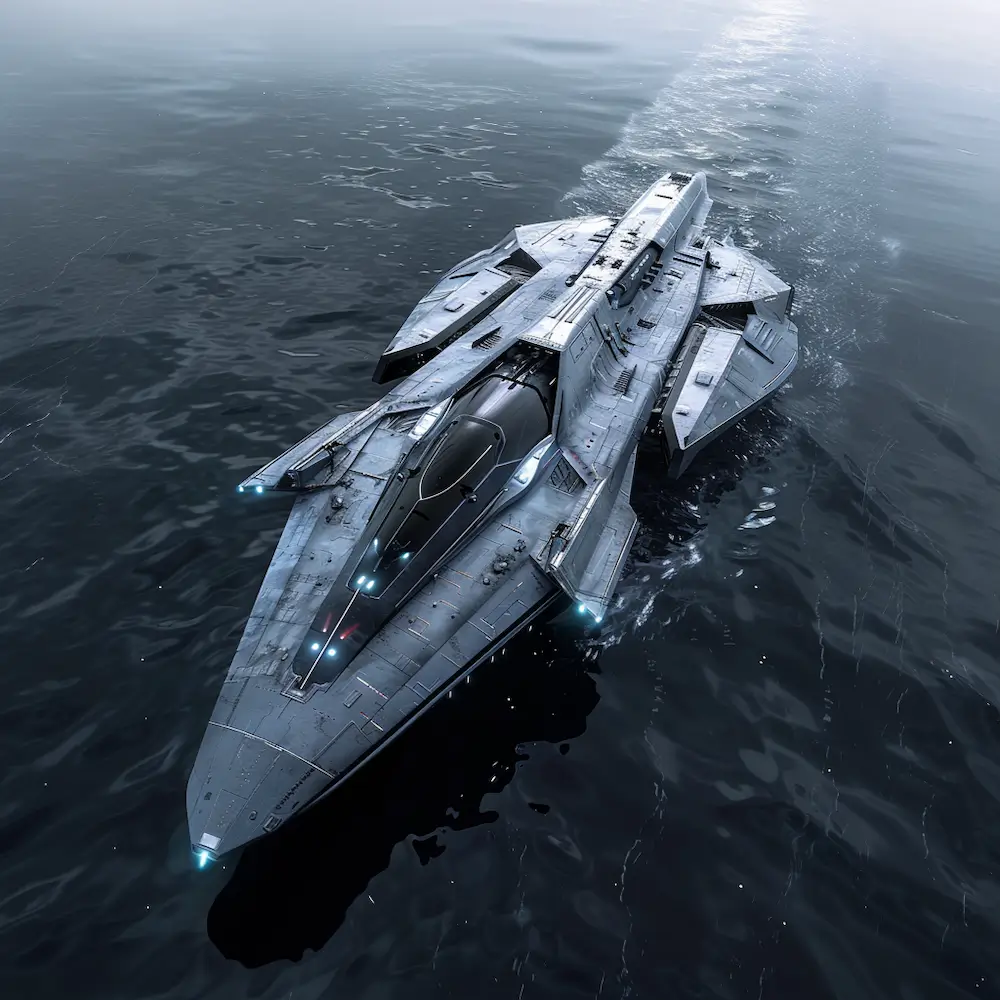The Dawn of a New Era in Stealth Bombers
The B-21 Raider represents a significant leap forward in strategic warfare technology. Designed by Northrop Grumman, the aircraft will serve as the latest innovative asset in the United States Air Force’s arsenal. Built to replace the aging fleet of B-1 Lancer and B-2 Spirit bombers, the B-21 is anticipated to redefine the concepts of stealth, effectiveness, and endurance in modern military operations.
Set to be the backbone of the bomber fleet, the Raider addresses emerging global threats more effectively. As geopolitical tensions evolve and the need for advanced military capabilities escalates, the B-21 Raider emerges as a critical component in maintaining and projecting air supremacy across multiple domains.
Design and Features: Blending Stealth with Power
The B-21 Raider boasts a sleek design aimed at enhancing stealth capabilities, incorporating next-generation technologies. Its sophisticated features focus on reducing radar cross-section—making it recognizable as just another bird in the sky. This critical advantage is achieved through a combination of advanced materials, aerodynamic shaping, and state-of-the-art coating.
The bomber exhibits unprecedented flexibility, with the capability to carry both conventional and nuclear payloads. This versatility ensures readiness for diverse mission profiles from deterrent patrolling to high-priority strike missions.
Technical Specifications
| Specification | Details |
|---|---|
| Crew | 2 (projected) |
| Engine | Classified; likely an advanced twin-engine design |
| Stealth Features | Advanced radar absorbent materials, low observable technologies |
| Payload Capacity | Classified; capable of nuclear and conventional weapons |
| Range | Classified; projected for global reach |
| Cost | Approximately $550 million per unit (as per initial estimates) |
A New Strategic Role: Beyond Mere Bombardment
The B-21 Raider’s strategic value extends far beyond its technical contributions. One of the significant roles envisioned for the B-21 is acting as a ‘flagship’ bomber, coordinating operations across joint and allied forces. Through advanced communication systems, the Raider can seamlessly integrate with other aerial and ground units, bringing unified command and control to complex operations.
The B-21’s role is also closely tied to the U.S. strategic policy of deterrence. In an era when the landscape of warfare encompasses cyber operations, information warfare, and traditional combat, the Raider brings a new dimension to deterrence strategy, assuring adversaries of the U.S. capabilities to respond decisively.
Integration into the Future Force
As the B-21 Raider becomes operational, it is expected to integrate into a broader ecosystem of defense systems, including unmanned aircraft and next-generation combat networks. This integration aligns with the Joint All-Domain Command and Control Initiative, aiming for a fully connected and responsive force.
An essential aspect of the B-21’s development is its potential to adapt to future technological innovations. Designed with an ‘open architecture,’ the bomber can incorporate new technologies over its lifecycle, giving it a significant advantage over traditional, more static aircraft designs. This open architecture ensures it remains relevant amid rapidly advancing adversaries’ capabilities.
Challenges and the Path Ahead
While the B-21 Raider is a promising aircraft, its journey to full operational capability is not without challenges. The project’s magnitude requires substantial financial investment, with costs projected to exceed initial budgets—a concern as modern defense projects often encounter. Moreover, given its high level of sophistication, the manufacturing process demands exacting standards to ensure every aircraft lives up to its potential.
Nevertheless, the program builds on past lessons from the B-2 Spirit production, incorporating streamlined operations to manage cost and time overruns better. With Northrop Grumman steering its development alongside the U.S. Air Force, there remains a confident outlook on navigating these challenges successfully.
The B-21 Raider is emblematic of a transformative period in strategic aviation. As nations seek dominance in increasingly contested spaces, this aircraft’s introduction will be pivotal in enabling the United States to uphold national security interests and maintain peacekeeping roles worldwide.
